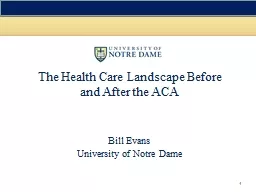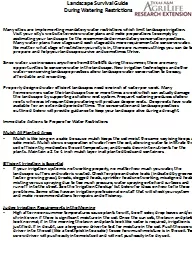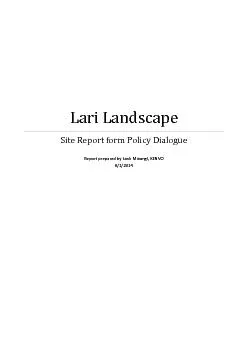PPT-The Health Care Landscape Before
Author : phoebe-click | Published Date : 2018-09-21
and After the ACA Bill Evans University of Notre Dame 1 Two Goals What are the issues that any health reform proposal must address How did the ACA deal with these
Presentation Embed Code
Download Presentation
Download Presentation The PPT/PDF document "The Health Care Landscape Before" is the property of its rightful owner. Permission is granted to download and print the materials on this website for personal, non-commercial use only, and to display it on your personal computer provided you do not modify the materials and that you retain all copyright notices contained in the materials. By downloading content from our website, you accept the terms of this agreement.
The Health Care Landscape Before: Transcript
Download Rules Of Document
"The Health Care Landscape Before"The content belongs to its owner. You may download and print it for personal use, without modification, and keep all copyright notices. By downloading, you agree to these terms.
Related Documents














